Economists have observed that even if tariffs on imported goods are removed, price reductions may not occur as quickly as consumers might expect. This phenomenon, known as “price stickiness,” suggests that while prices can rise rapidly, they often do not decrease at the same pace, particularly in industries with complex supply chains.
For instance, products like automobiles and appliances are typically more affected by price stickiness due to the intricate nature of their supply chains. According to Robert Triest, an economics professor at Northwestern University, companies may take longer to adjust prices when costs increase. Once price hikes are implemented, they tend to remain in place for extended periods due to the time and resources required to adjust procurement strategies.
Triest further notes that in industries such as food and fuel, prices may be more responsive to changes in tariffs. If tariffs are removed, the cost of these goods could decrease relatively quickly compared to products with more complex supply chains.
The concept of “disinflation” also plays a role in understanding how tariffs impact prices. Kenneth Louie, director of the Economic Research Institute of Erie at Penn State University, explains that disinflation refers to a slowing rate of price increases, rather than a decrease in prices. While inflation has slowed in recent years, Louie emphasizes that this does not mean prices have fallen but rather that the rate of increase has diminished.
Another factor influencing price stability is how companies set prices. Robert Dolan, a marketing professor emeritus at Harvard Business School, compares the impact of tariffs to experiments conducted by secondary ticket sellers. When suppliers discover that consumers are willing to pay more for products or services, they may keep those prices higher, even if tariffs are later removed.
Carola Binder, an associate professor at the University of Texas School of Civic Leadership, highlights the logistical challenge of changing prices on consumer goods. For example, a restaurant may raise the price of guacamole due to the higher cost of avocados. However, if the restaurant expects prices to continue rising, it may decide to implement the increase early, reflecting the slow pace at which prices typically come down.
Philip Braun, a clinical professor at Northwestern’s Kellogg School of Management, warns that the disruption caused by tariffs could persist even if they are reduced to zero. The uncertainty surrounding the U.S. government’s policies may prompt companies to explore alternative supply chains outside of the U.S., further complicating the situation.
Joseph Gagnon, a senior fellow at the Peterson Institute for International Economics, adds that shifting supply chains is a costly and time-consuming process. However, he is more optimistic about the ability of certain industries, like automakers, to absorb some of the increased costs associated with tariffs.
Ultimately, experts agree that businesses may delay price increases until they have more clarity about the long-term impact of tariffs. With the White House providing mixed messages regarding the timing and specifics of tariff changes, many business owners are waiting for more certainty before making significant adjustments.
Explore top supply chain news stories at The Supply Chain Report. Visit ADAMftd.com for free international trade tools.
#TariffImpact #SupplyChainDisruption #EconomicAnalysis #TradeTariffs #PriceInflation #GlobalEconomy #SupplyChainExperts

















